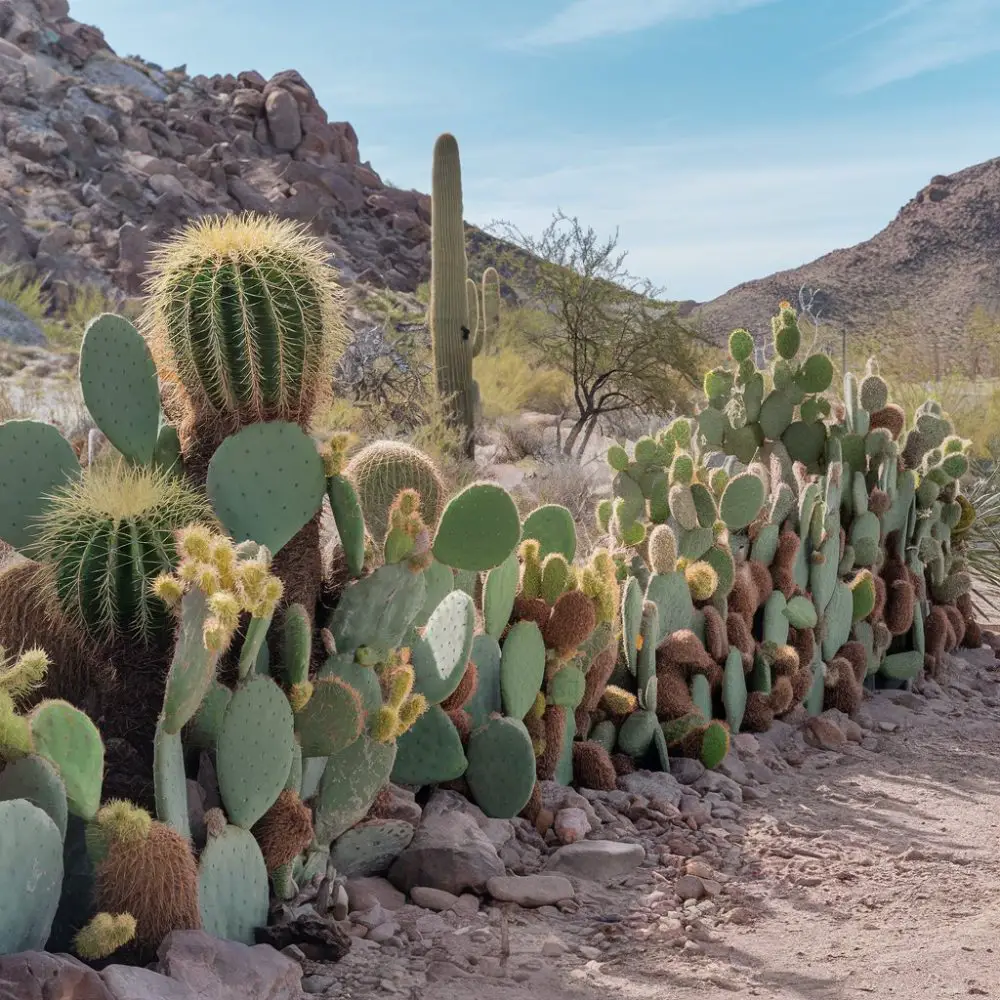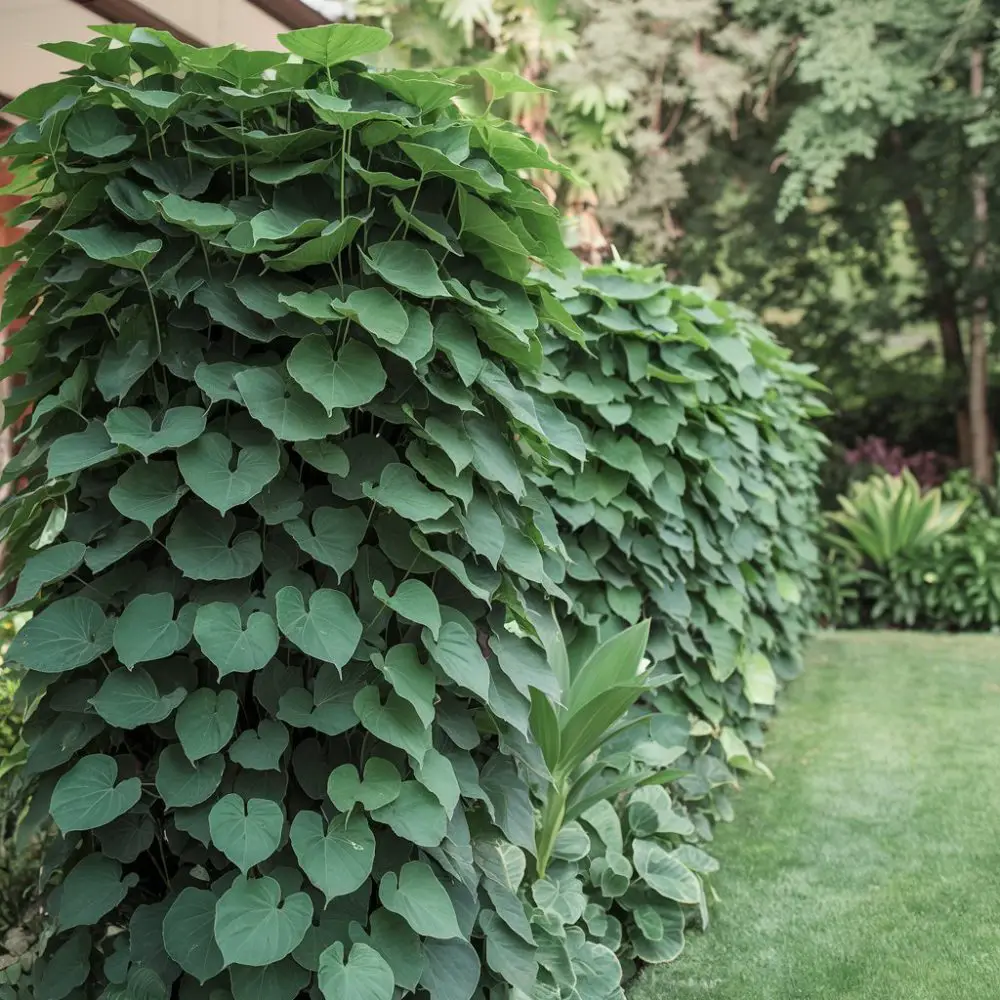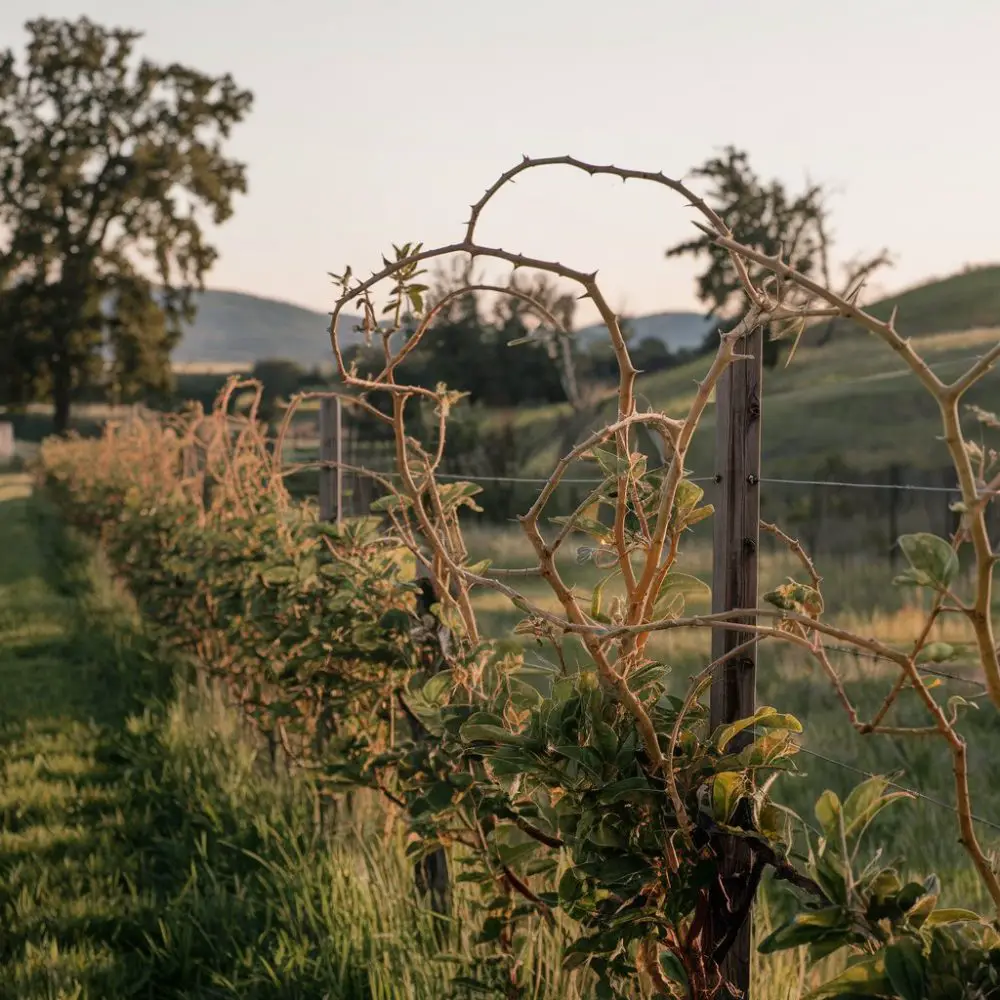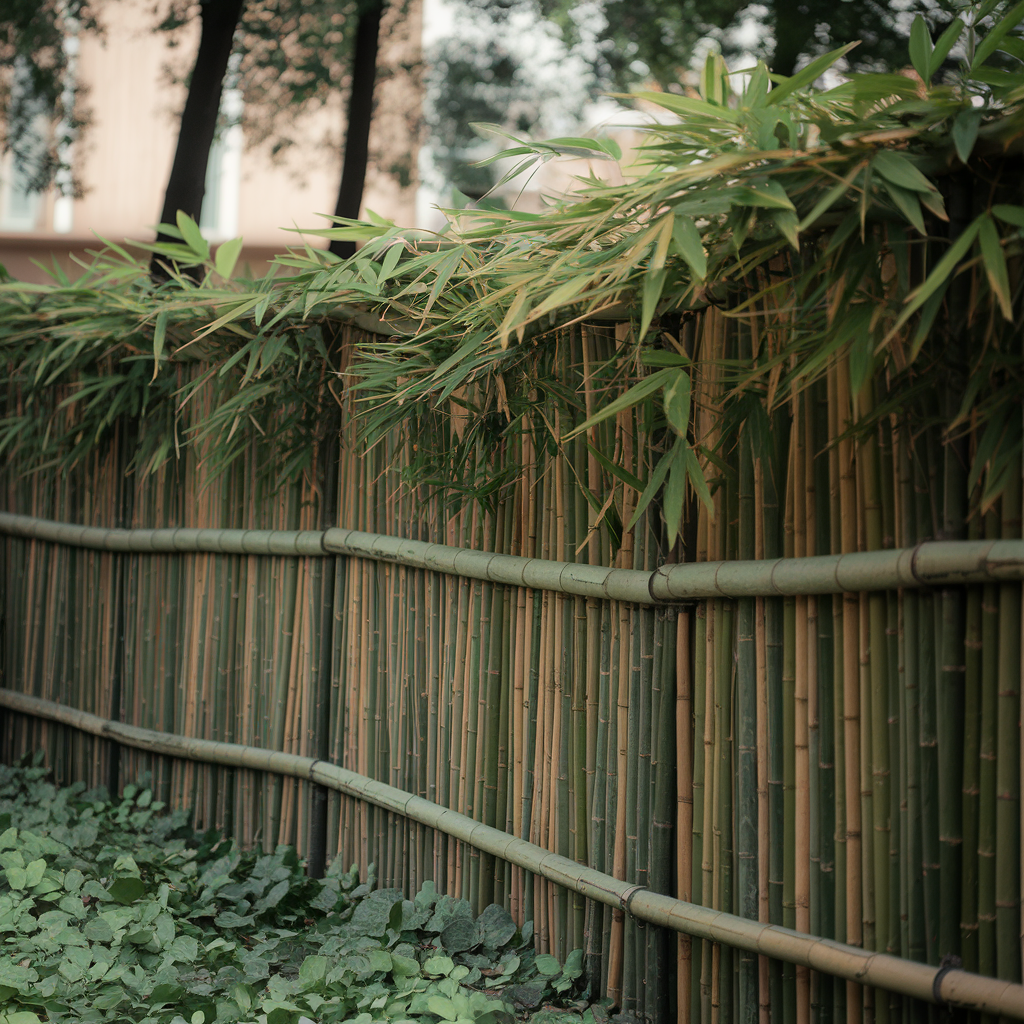Living fences, or hedgerows, are barriers made from living plants. They offer privacy, mark boundaries, and enhance the landscape’s aesthetics. However, like any fencing option, they come with their own set of advantages and disadvantages.
Pros of Living Fences
- Environmental Benefits: Living fences provide habitats for various wildlife, promoting biodiversity. They can serve as windbreaks, reducing soil erosion and protecting crops or gardens.
- Aesthetic Appeal: A well-maintained living fence adds natural beauty to a property, changing with the seasons and offering a lush, green backdrop.
- Sustainability: Once established, living fences can be more sustainable than traditional fences, requiring less maintenance and replacement.
- Resource Production: Certain plants used in living fences can provide additional benefits, such as firewood, fodder, or even edible fruits.
- Noise Reduction – Thick hedges and dense shrubs absorb sound, reducing noise pollution from nearby roads or neighbors.
- Wildlife Habitat – Birds, bees, and butterflies love living fences, helping boost biodiversity and support local ecosystems.
- Wind & Dust Barrier – Tall, dense greenery acts as a natural windbreak, helping to protect gardens and outdoor spaces from harsh winds and airborne debris.
- Security & Privacy – A well-maintained living fence can be just as effective as a wooden fence in providing privacy and security, especially with thorny plants like holly or hawthorn.

Cons of Living Fences
- Time to Establish: Unlike installing a traditional fence, living fences take time to grow and become effective barriers. This period can range from a few years to over a decade, depending on the plant species and desired fence density.
- Maintenance: Regular pruning and care are essential to keep the fence healthy and contained. Without proper maintenance, plants can become overgrown or spread beyond their intended boundaries.
- Potential for Invasiveness: Some species used for living fences, like certain types of bamboo, can become invasive if not properly managed, spreading to unwanted areas and becoming difficult to control.
- Initial Vulnerability: Young plants may be susceptible to pests, diseases, or harsh weather conditions, requiring protection and care during their early stages.
- Water Requirements – Young plants need consistent watering and care until fully established, making them more high-maintenance than traditional fencing.
- Potential Legal & Neighbor Disputes – Overgrown hedges may encroach on neighbors’ properties, leading to disputes or fines if not maintained properly.
- Seasonal Changes – Some living fences lose leaves in winter, reducing privacy, unless evergreen species are used.
- Initial Cost – While cheaper long-term, the initial cost of buying mature plants or hiring landscapers can be higher than installing a simple wooden fence.

Real-Life Experiences
Here’s what we found in the wild – gardeners and homeowners have shared varied experiences with living fences:
- Bamboo Challenges: One Reddit user recounted a neighbor’s attempt to create a bamboo living fence. Without proper containment measures, the bamboo spread aggressively, leading to ongoing maintenance challenges.
- Osage Orange for Livestock: Another user highlighted the use of Osage Orange trees, known for their strength and long thorns, making them effective as livestock fencing.
- Brush Pile Fences: Some have utilized brush piles as informal living fences, combining fallen branches with vining plants like grapes. This method provides habitat for wildlife and serves as a functional barrier.

Considerations Before Planting a Living Fence
- Species Selection: Choose plants suited to your climate and soil conditions. For instance, willow and Osage Orange are popular choices in certain regions due to their hardiness and effectiveness as barriers.
- Growth Habits: Be aware of how the chosen species grow. Some plants, like bamboo, may require root barriers or regular pruning to prevent unwanted spread.
- Purpose: Determine the primary function of the fence. Is it for privacy, livestock containment, wind protection, or aesthetic appeal? This will influence the species and design chosen.
- Local Regulations: Some areas have regulations regarding fence types and heights. Ensure your living fence complies with local ordinances.

In the end living fences offer a blend of functionality and natural beauty. While they require time and maintenance to establish, the environmental and aesthetic benefits can be substantial. Careful planning and species selection are crucial to creating a successful living fence that meets your specific needs.

